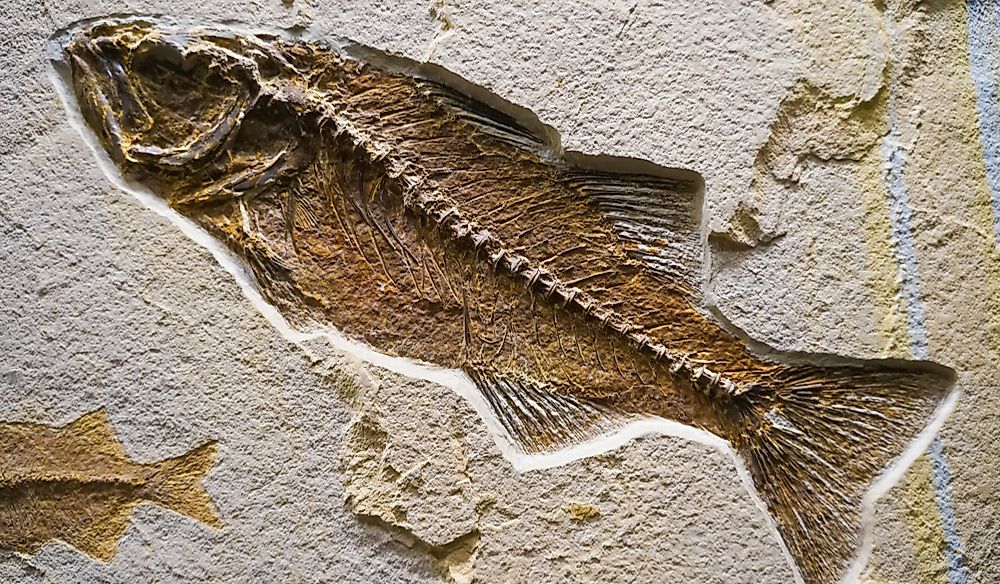What Is A Fossil?

Fossils are the preserved traces and remains of animals and plants that existed in the past. The remnants must be at least ten thousand years old to qualify as fossils. Although the earliest fossils date back to about 3 billion years, complex multicellular organisms were first fossilized 600-650 million years ago. Fossilization is a unique process that requires a set of coincidental circumstances such as permanent and rapid entombment, lack of oxygen and decomposing bacteria to prevent decay, the continued accumulation of sediments, and low temperatures. Most fossils are preserved in moist environments such as in glaciers, river basins, and on the seafloor.
Types of Fossilization
Petrification or permineralization occurs after an organism dies and is buried by sediment, and the organic material replaced by minerals found in water such as pyrite, calcite, and silica. It is among the most effective forms of fossilization as the process preserves detailed features including the cell structure. Several examples of petrified wood are found around the world.
A cast fossil is formed when an organism dies, and the remains trapped between two rocks. Water then flushes out the organic material and deposit minerals over the impression of the organism creating a cast.
Carbonization occurs when the volatile elements such as nitrogen, oxygen, and hydrogen are stripped from an organism leaving behind a carbon shell. These type of fossils occur as a thin film on the rock that can easily be washed away by water or blown off by the wind.
Unaltered preservation occurs when the original composition of an organism remains unchanged. This form of fossilization is common in recent fossils. Examples of unaltered reservations are remains of the woolly mammoth in permafrost, fossilization in amber and mummification.
Recrystallization occurs when a mineral replaces the bone, shell, or tissue of an organism. A fossil is said to be crystallized when the original organic compounds are present but exist in crystal form.
Dating Fossils
Fossils are dated either by relative or absolute dating. Relative dating is the process of comparing a fossil to another fossil whose age is already known. Most fossils are dated using this process. The process also involves determining the age of fossils by ascertaining the age of the rocks they are found in. Fossils found in shallow depths are much younger compared to those found deeper into the ground.
Absolute dating employs the use of radiometric methods such as radioactive minerals that serve as a geological clock. This process studies the rate at which the isotopes breaks down and create a timeline that estimates the period the organism lived. Carbon dating is rarely used in dating fossils because carbon-14 breaks down rapidly and applies to fossils younger than 80,000 years while potassium-40 decays much slower and is used in dating minerals and rocks, or fossils dating back to billions of years.











